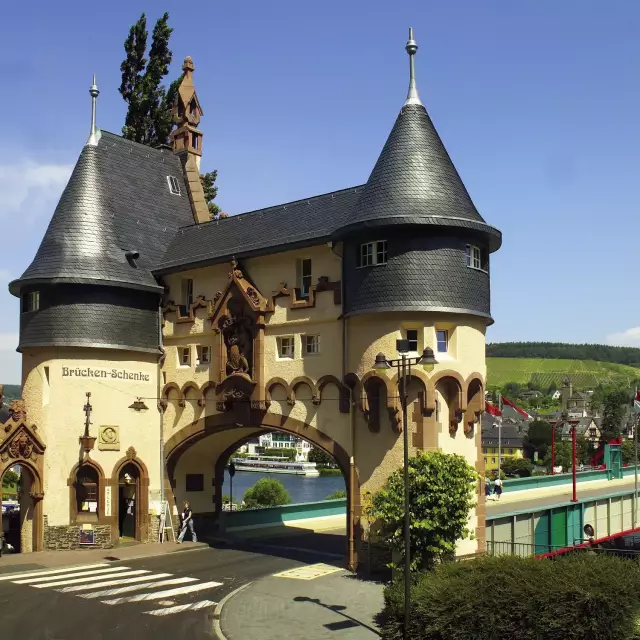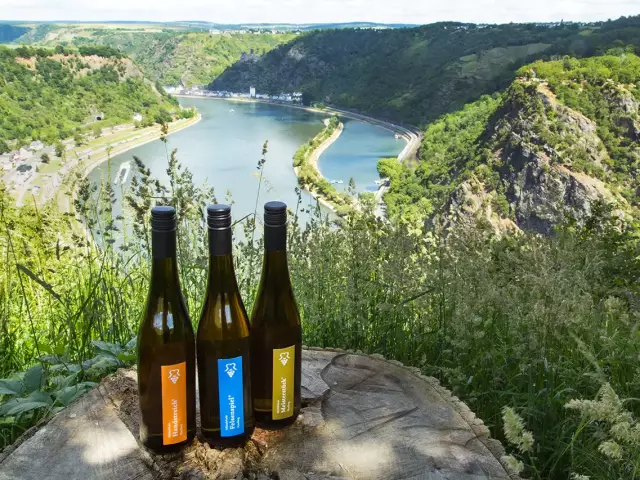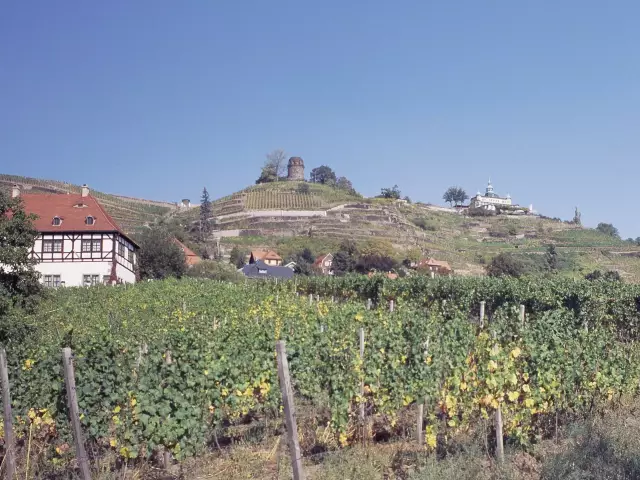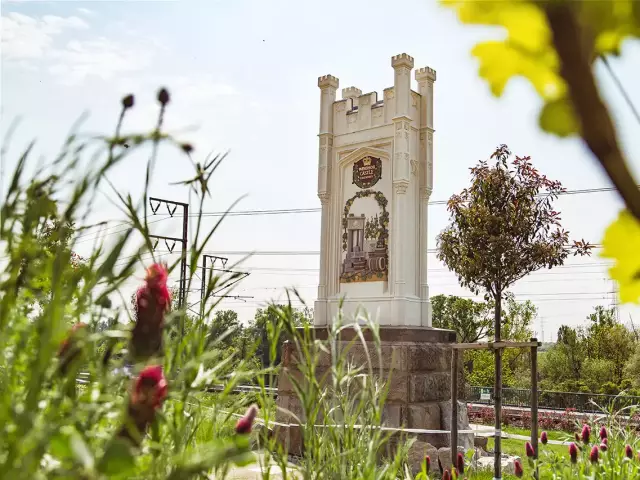Art Nouveau Traben-Trarbach

The Art Nouveau city of Traben-Trarbach is a true landmark for the significance that wine trading once held for the Mosel region. Around 1900, this small city in the middle of the Mosel valley was the most important wine trading city in the world – with the exception of Bordeaux in France.
The Art Nouveau city of Traben-Trarbach is a true landmark for the significance that wine trading once held for the Mosel region. Around 1900, this small city in the middle of the Mosel valley was the most important wine trading city in the world – with the exception of Bordeaux in France.
In its heyday, more than one hundred wine cellars and wine trading companies were located in Traben-Trarbach. Wine was shipped from here to England, Russia as well as throughout the German Empire.
The wealth of the wine trade soon influenced the city's architecture: Rich wine traders and wine makers commissioned famous architects like professor Bruno Möhring from Berlin to build magnificent mansions in the Art Nouveau style as well as elaborate administrative buildings and extensive cellars. Many of the most beautiful Art Nouveau mansions can still be seen like Villa Huesgen, built in 1904 for wine trader Adolph Huesgen, or Villa Breucker, built one year later for wine trader Gustav Breucker, now known as Villa Nollen.
The city's landmark in this time, however, was the bridgetower, built in 1899 by the same architect Möhring. It marks the very spot where the first street bridge across the Mosel between Bernkastel and Koblenz was built. Right next to it, Richard Feist built the Hotel "Clauss-Feist", planned by Möhring as well, which soon acquired a legendary reputation. The building features many wine references, in particular, the hotel's tower which is reminiscent of the neck of a champagne bottle, including the cork and the wired latch.
Some of the old wine cellars are still active today or have been recently renovated. The Adolph Huesgen winery still operates the wine store "Wildbad Wein" on its original site, even offering a Riesling named "Villa Huesgen". As well as exploring the upper sites of Traben-Trarbach, there's also the underground world. During the heydays in the second half of the 19th century, large parts of the city's surface were undermined by wine cellars, some of them stretching out for several floors into the earth. These also reflect the enormous significance Traben-Trarbach once had as one of the most important wine trading places in the world.




